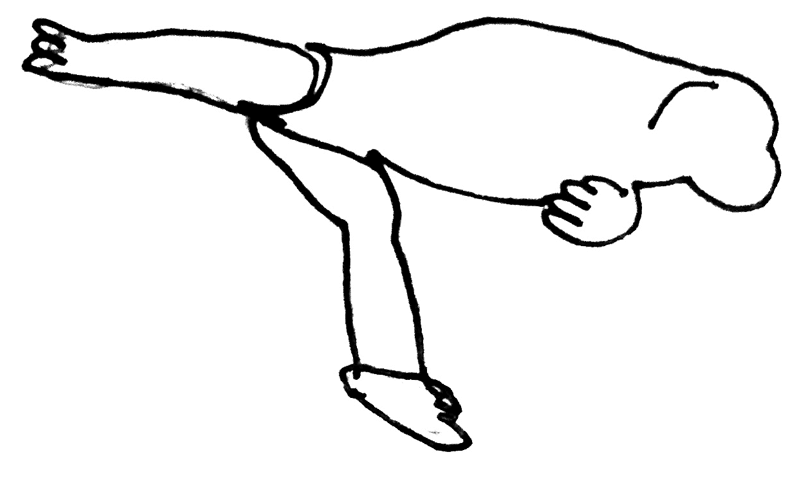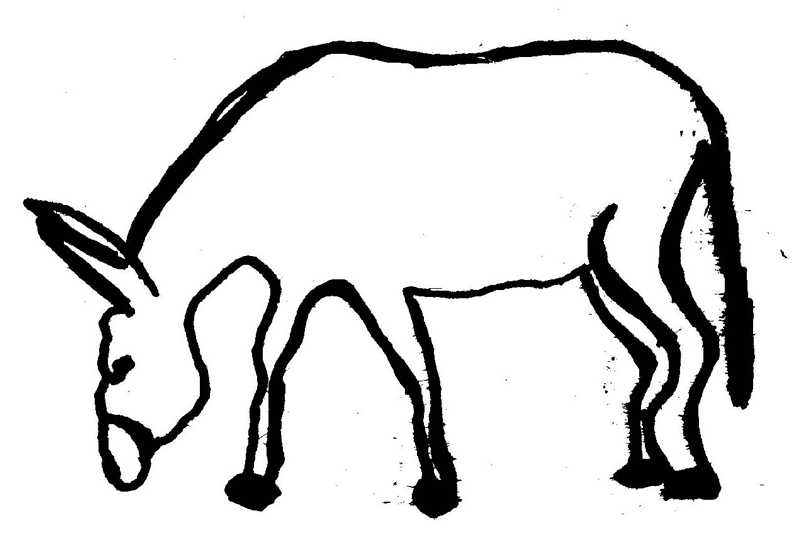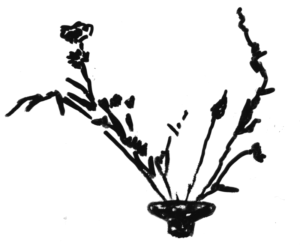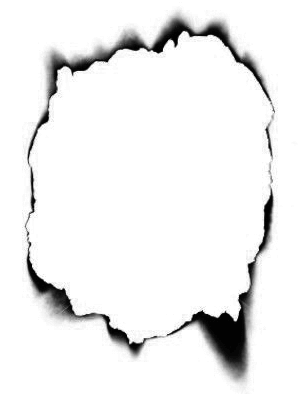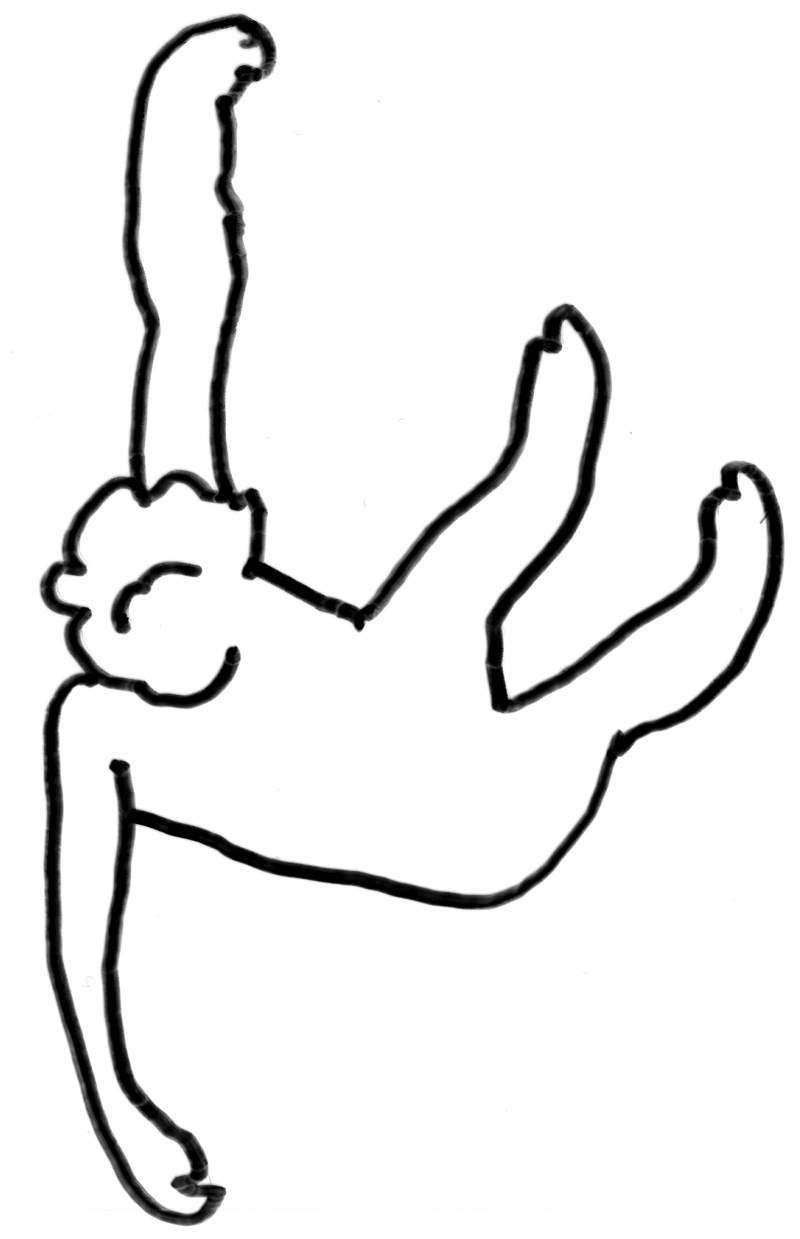This is happening in the middle of the forest in Finland.
It must be the night, but maybe not. It is now the summer light in Finland.
The story involves Leena Rouhiainen, in the form of her avatar Ginger,
a chimpanzee and Lynda Gaudreau, as Cookie, a donkey.

JUST call me Ginger.
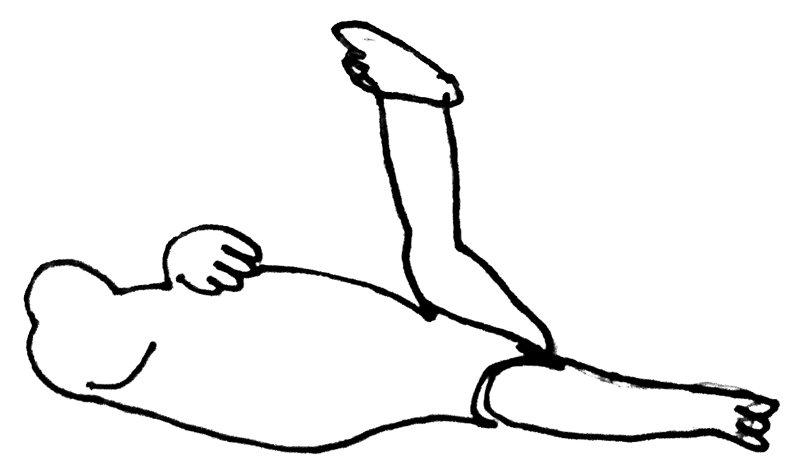
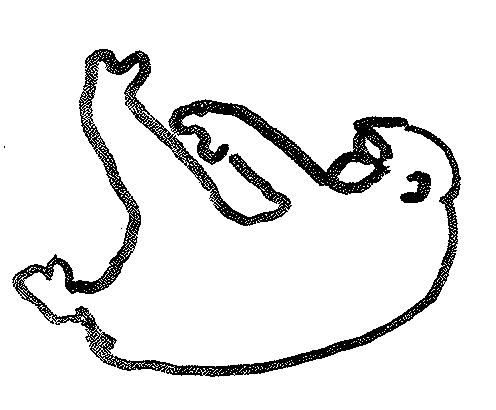
I HAVE learnt about diachrony from two phenomenologists. The first is Levinas who points to the difference in the subjective times we each live in. He finds that a subject goes about their egoistic business until interrupted by the face of the other.
This encounter is an intimate meeting that happens on a sensuous and bodily level. A level that resists being known and conceptualized. Here our regular understanding of time-consciousness is interrupted, and we become answerable to the other, we respond before we are aware of the other and our shown our singularity.
AS far as I understand, yes, something like that. But it is interesting that this is not out of choice, the other commands us to respond in a sense. And in being singled out like this, we are naked and faced with our singularity, the immediate response that we give, expresses us.
When I started working on asynchrony, it was because, as an artist and spectator, everything started looking the same. I did not see anymore. During lockdown, it was similar. I was craving for the outside, what was outside the frame of my apartment to feel alive.
WE often explain encounters with otherness in this or that way, are not bothered by it – perhaps in Levinasian terms neglect it and attempt to bring it into the totalizing order. This is the contradiction though, we can express the other, and be hospitable to the other on a sensuous and bodily level as speaking, a saying. But in saying we utilize words that have been said and thus are unfaithful to otherness. So, it is a play between the saying and the said that contradict each other. In strong cases, a sensuous trace is left that silently reminds us and affects our actions.
Encountering otherness is not something we create, it comes to us, besieges us, takes us by surprise, disturbs us, leaves us naked, humble… and in this sense I think as artists and artist-researchers we can only play and work with settings that potentially allow us to encounter otherness or experience the alien.
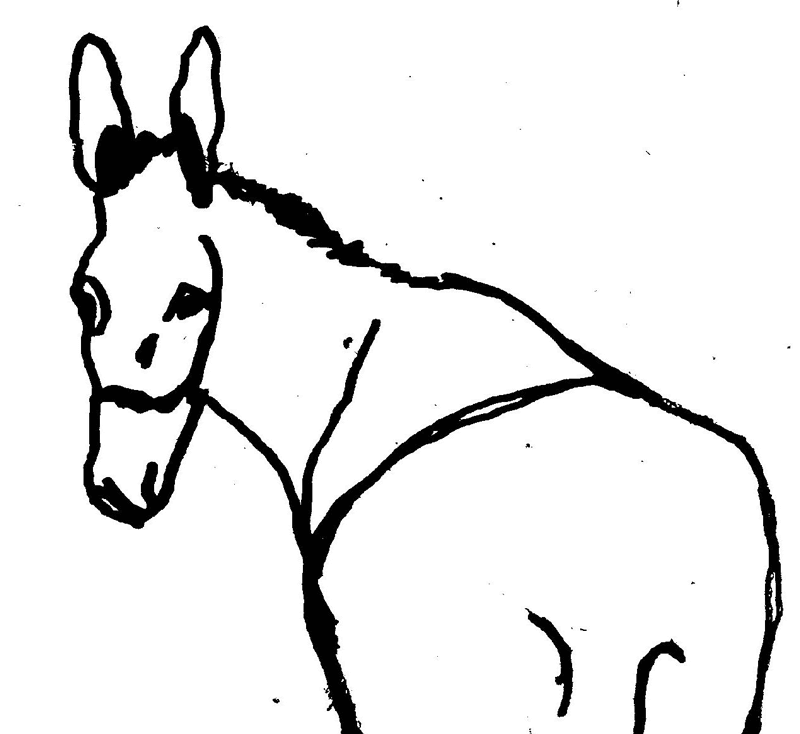
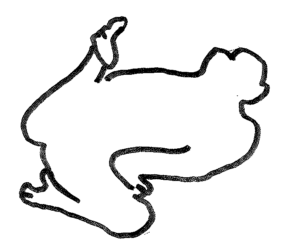
FOLLOWING Levinas, in short, there is a temporalization in sensibility through a divergence in which the sensible becomes manifest to itself, it becomes exposed in “between forgetting and expecting, between memory and project” (Levinas 2000, 29). Temporal flow here is about the differing of the identical, that is also its manifestation, containing an irretrievable lapse of time. This articulation in sensibility already involves a kind of logos, a saying with a signification that remains hesitant or holds a secret (Levinas 2000, 10). Instead, Waldenfels depicts the temporality of alien experience in relation to the fact that in his view alterity or otherness has already had an impact on us, before we recognize the response we have given to it. This deferred response is what announces to us the ungraspable antecedent contact with alterity.
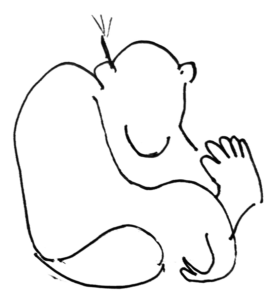
Thus, this contact and its response are tied together across a gap that Waldenfels also terms a heterogeneous dialogue. The contact necessitates creativity, since we are responding to something unfathomable. In this sense alien experiences are “happenings that not only lead us to think, they also force us to think” (Waldenfels 2011, 31). I believe, both these views about the basis of temporal flow of our experience involve something akin to asynchrony.
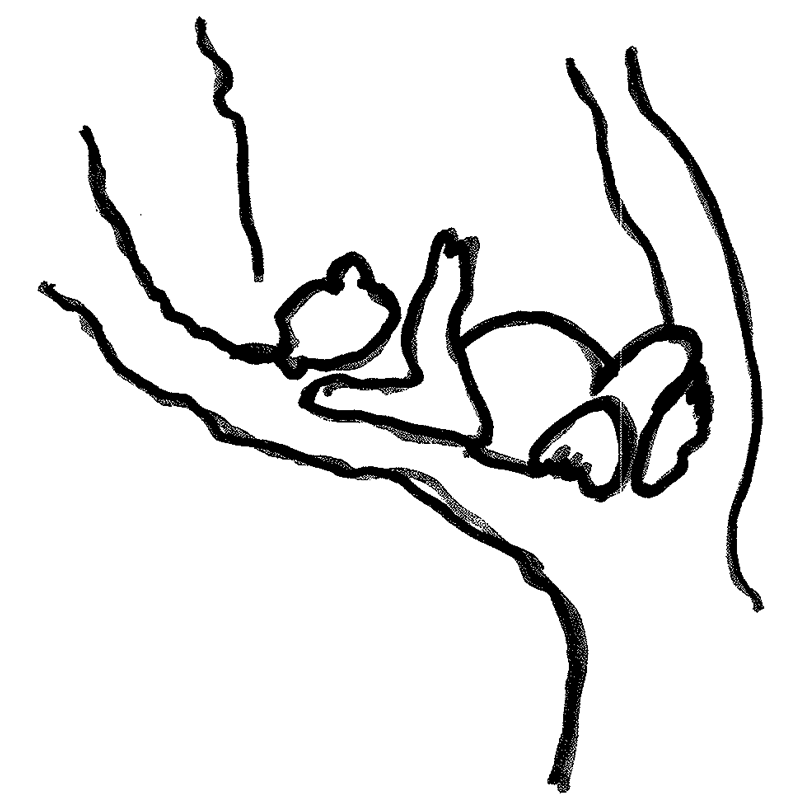
THERE is here a kind of set-up in which otherness is from elsewhere, the outside that engulfs us. In the Levinasian view, this is first announced as a sensuous rhythm that overtakes us. Here we are in the midst of a participation with an ambiguous interplay of mass, volume, shape, flow, and intensity of the sensible and proximal event. The always escaping and remote alien invokes a proximal exposure that experientially moves us. Encounters with others are therefore the beginnings of a relational spatiality.

THERE is a quality in the alien that is met on an elemental sensuous level that maintains the sense of vitality, volume and aliveness, that characterizes our lives. I would believe that we partly desire encounters with otherness to experience this, as pleasure.
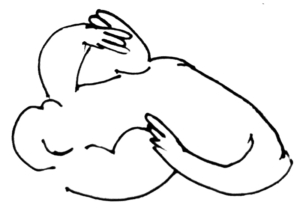
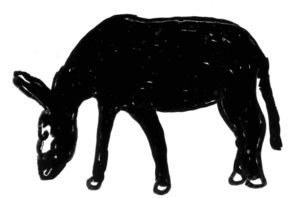
WELL put. Heidegger and destruction and Derrida and deconstruction come to mind. However, I think Levinas thinks that we could tinker with our habitual methods of playing around with thoughts, objects, and such to produce new alternatives that could be pleasurable and productive.

WELL, like I pointed out earlier, in a pathic experience, in experiencing the alien, according to Waldenfels, diachrony is at play. The alien impacting the experience, a kind of antagonism, is anterior, it is already gone, to consciousness when the effect that produces a response is thrown light on and that is always posterior to the alien. So, we are never in contact directly with the alien on a conscious level, so it indeed is a UFO. We are aware of the fact that something has stirred us, but what it actually is never fully finds an adequate experiential response – even how we try to appreciate the bodily sensations these stirrings arouse.
But then, Waldenfels also writes about order and disorder, the two depend upon each other. I wish I could say more on this, but at the moment, I cannot. Need to read more, except to refer to Heidegger and his notion of care, hammers, shoes, wear down in use, deteriorate, decompose and we need to care, mend for them to continue to be usable, it is one of the existential conditions of Dasein.
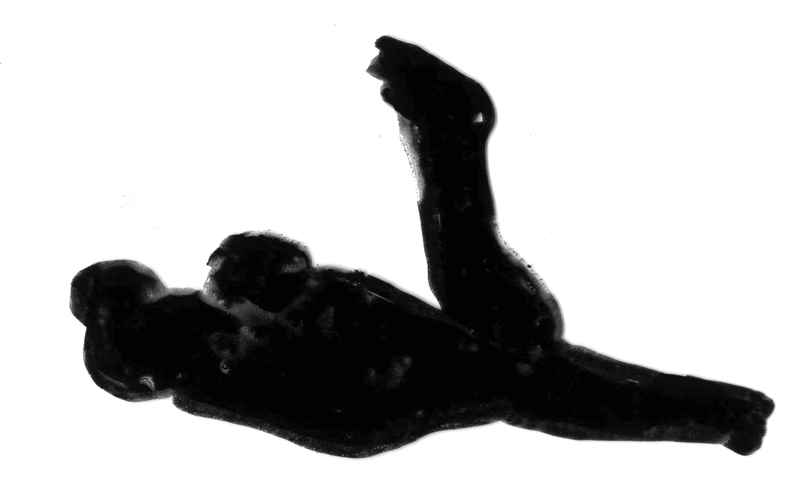
WOW what a question. For Waldenfels the alien comes from elsewhere. The alien experience involves heterogeneity, in the sense of diachrony. For Levinas, encountering otherness involves intimate contact with the rhythm of the sensible, we go outside ourselves… it is thus spatial and time-related transcendence… too… for Levinas the encounter with otherness grounds and [shapes the] ethics that is fundamental for the constitution of our subjectivity.
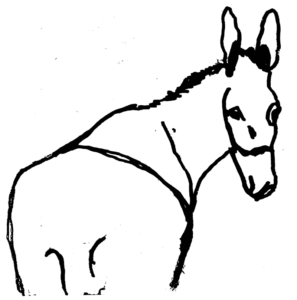
Waldenfels in fact also thinks that pathic experience is actually depictive of the structure of our experience in general… not sure I am answering your question… the earlier part speaks perhaps about horizontality – the other, elsewhere, outside ourselves, and the latter about verticality – fundamental to constitution of the subjective and the structure of experience in general…
I have said quite much concerning alien experience or experiencing otherness above, but could add that it can be a pleasurable experience, but also a troubling or traumatic one. Since what exactly originated the experience remains beyond our reach, it can continue to haunt us, as a kind of key event, triggering new experiences.
